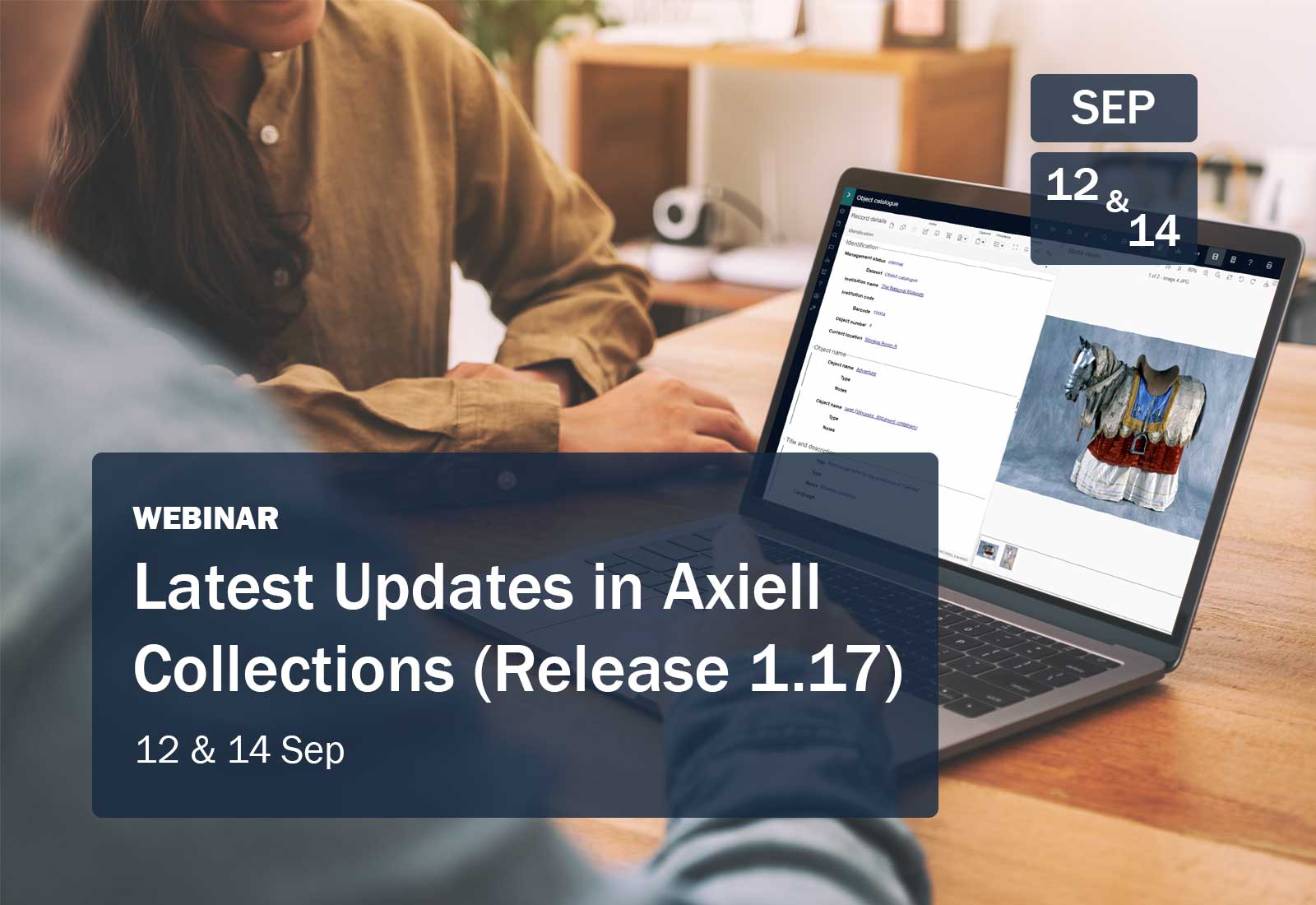Tools to help make an ROI case for a clean database
Yes, we all wish that people intrinsically understood the importance of a clean database. Aren’t the benefits completely obvious? For Data and Documentation managers, the focus on improving data quality stems from an underlying belief that clean data increases efficiency, accessibility and understanding. It can be incredibly frustrating that other people Just. Don’t. Get. It.
But unfortunately that’s reality. It can be difficult to get people engaged in cleaning data or changing their approach to data entry since people don’t always share the same priorities. To support you on this seemingly impossible venture, it helps to get management to drive these changes. Providing an ROI for a clean database serve as an incredibly persuasive tool in your arsenal.
Leadership routinely walks a difficult line between achieving the objectives of the organisation while ensuring the best possible use of limited resources. They don’t always have the time to look in depth at every request that is made for additional time or budget. Help out the management team or board by giving some context to your vision with quantifiable numbers.
Here are some strategies you can employ to help make the benefits of your database project more tangible to senior decision makers.
BUILD A CASE FOR COST SAVINGS
One of the biggest ROI cases for investing in database improvements and data clean-up is the saving of future staff time. Dirty data leads to inefficient use of systems: manually repeating searches, compiling reports by hand, and manipulating data post-export to perform day-to-day responsibilities. Depending on the state of your data, staff could be wasting hours every week completing work that could be managed more efficiently with clean data.
Aside from the fact that users may find this frustrating, allocation of staff hours on inefficient tasks has a huge financial impact. If your core driver for clean-up projects is to reduce staff time invested in activities that could be streamlined with consistent data, some simple calculations will help you prove how data clean-up projects save more than they cost. To help assess whether you will spend less than you get back, use the formula below:
(How many hours saved per year overall x Total Cost Per Hour of Staff Time to Company)
– Cost or cost of time investment of the project
= Return
Looking at these numbers, do you think that the result will justify the work? If so, you have some estimates to take to the management team to help them quantify the benefits. If not, consider sponsoring different projects or priorities that would have a more significant impact.
DEMONSTRATE LONG-TERM VALUE
If your driver is to invest time and energy now to reap long term benefits for the organisation, it is important to be able to quantify exactly what you mean by long term. The management team needs to know that projects they are investing in are quantifiable, robust and well thought out. To help demonstrate long term value, calculate how long it will take to see a return for the investment:
(Hours saved per year overall x Cost Per Hour of Staff Time) ÷ Cost or cost of time investment of the project = How many years to see a return
Calculate the estimated total results for the project 5, 10, 15 or 20 years:
Year 1 (Savings – Investment) – usually higher due to any initial outlay
+ Year 2 (Savings – Investment)
+ Year 3 (Savings – Investment)
+ Year 4 (Savings – Investment)
+ Year 5 (Savings – Investment)
= TOTAL 5 YEAR FINANCIAL BENEFIT
The above estimates are useful for making the benefits of your project more tangible, but in reality time savings will not actually impact the budget earmarked for staff time costs unless the number of staff is reduced (not the goal here!). Management may counter your figures with feedback that staff salaries are already identified and funds for clean-up are considered an addition to established budgets. This viewpoint can be addressed by providing concrete examples of how staff time savings in one area (i.e. dealing with dirty data) can be reallocated to tasks of higher value.
It’s important that you are clear about what could be achieved with this time instead. If you invested that time back into more mission critical activities, could you increase access to digital assets? Perform condition assessments and save money on potential conservation fees? Apply for additional funding for public engagement? Improve services for the organisation?
EXPRESS RESULTS AS KEY PERFORMANCE INDICATORS
Once you have an idea of what your team could achieve with time released by streamlining processes compromised by dirty data, try and assign it to a KPI (Key Performance Indicator) such as an increase in customer engagement or a related financial figure. For example:
- We currently spend 200 hours per year dealing with the consequences of dirty data.
- If we invested that time on engaging new educational institutions with our collections, we could likely deliver a 10% increase in footfall.
Benefits aren’t always financial, especially in charitable organisations. Sometimes it isn’t necessary to demonstrate a financial return on investment, but rather highlight a good use of spend. Think about the core metrics that your organisation uses to track its success. Can you honestly say that your project will likely increase one or more of those metrics? If so, by how much? Are you able to assign a number or percentage value? Once you are able to answer these questions, all you need to do is benchmark your approach against another method to demonstrate the value. For example:
- If we spend £3000 in staff time improving the quality of the collections data now, we will be able to digitise an additional 1000 records by the end of the year.
- If we were to pay a digitisation company to do this work, it would cost £5000.
Using practical scenarios to quantify your requests helps management to frame data clean-up projects against other competing interests that may not yield comparable results. It also establishes baseline expectations on the expected return on investment of clean-up projects.
PROVE REDUCED RISK
Investing in clean data isn’t always about striving for gains. Sometimes it is about mitigating future risk. In an industry so focused on future preservation, this is a key factor in management decision making.
Ask yourself these questions: What will happen if we don’t commit to this clean-up? What would happen to our collections in the future? Are we able to determine a quantifiable measure for the risks of not moving forward? Is there a % drop in a key performance indicator or metric? Are there financial ramifications?
Preparing answers to these questions about minimising risk brings you one step closer to organisational support by presenting resolutions alongside any institutional concerns.
POSITION DATABASE AS A DECISION TOOL
Your database represents a wealth of valuable information for your audience, for your department, for your organisation and your funders. Getting your database in a cleaner and more useable state will make accessing, analysing and reporting on your collections significantly easier and more accurate. With increased understanding and confidence in your metrics, you can make significantly better informed decisions.
Management teams are always facing tough decisions with limited access to information. If your data cleaning project could improve company-wide access to reliable statistics, there is a strong business case to invest. Would a more accurate analysis of your collections inform your acquisitions strategy or identify new opportunities for loans? Could this information be used to lower insurance premiums or avoid missing conservation works which could have high value implications? Will statistics better support your case for additional grants or funding? If so, help management quantify how a clean database supports data-based decision making.
Once management commits to financial and practical support for data clean-up, it’s time to convince the rest of your organisation. For more information about persuading staff of the importance of clean data, see our blog, Embracing the Challenge.




